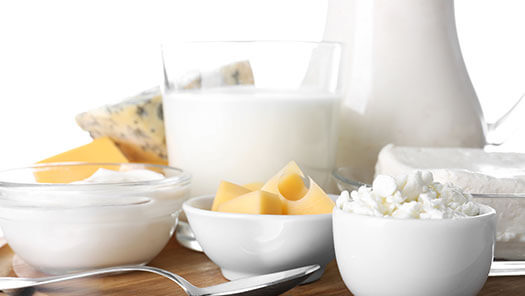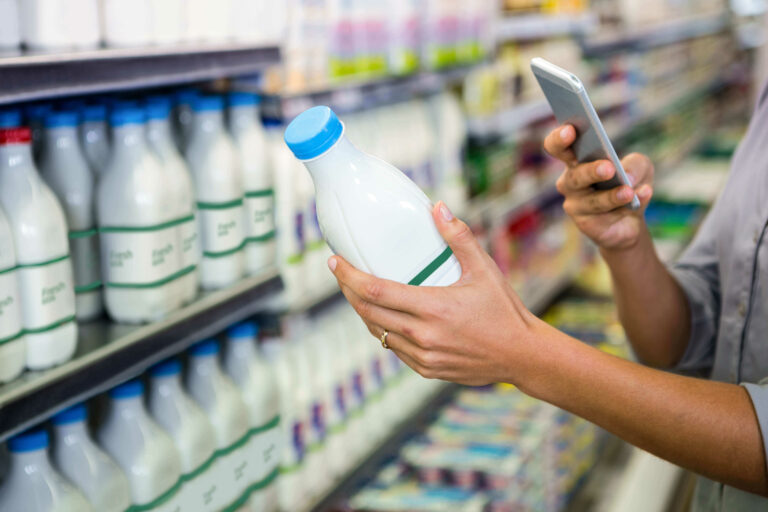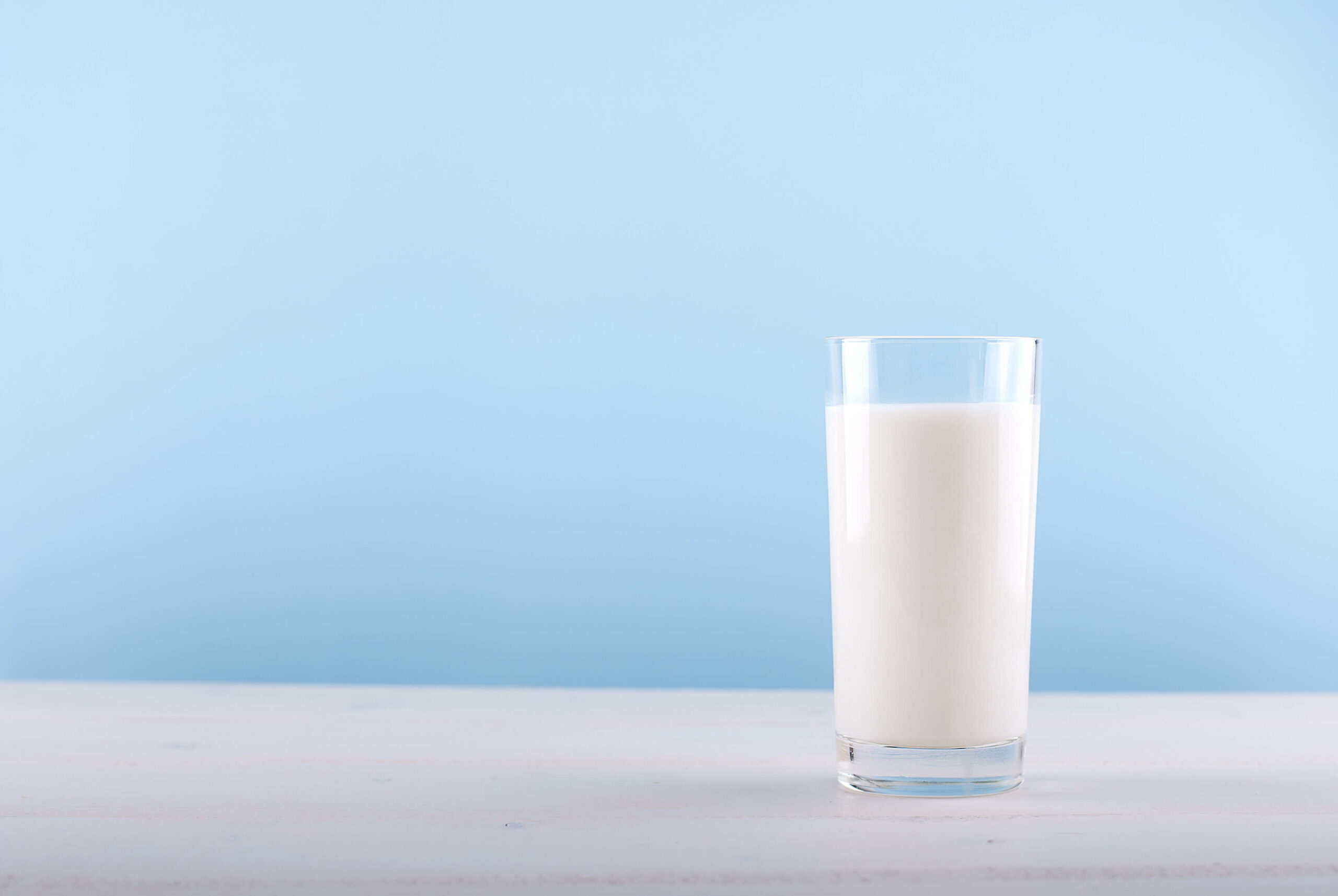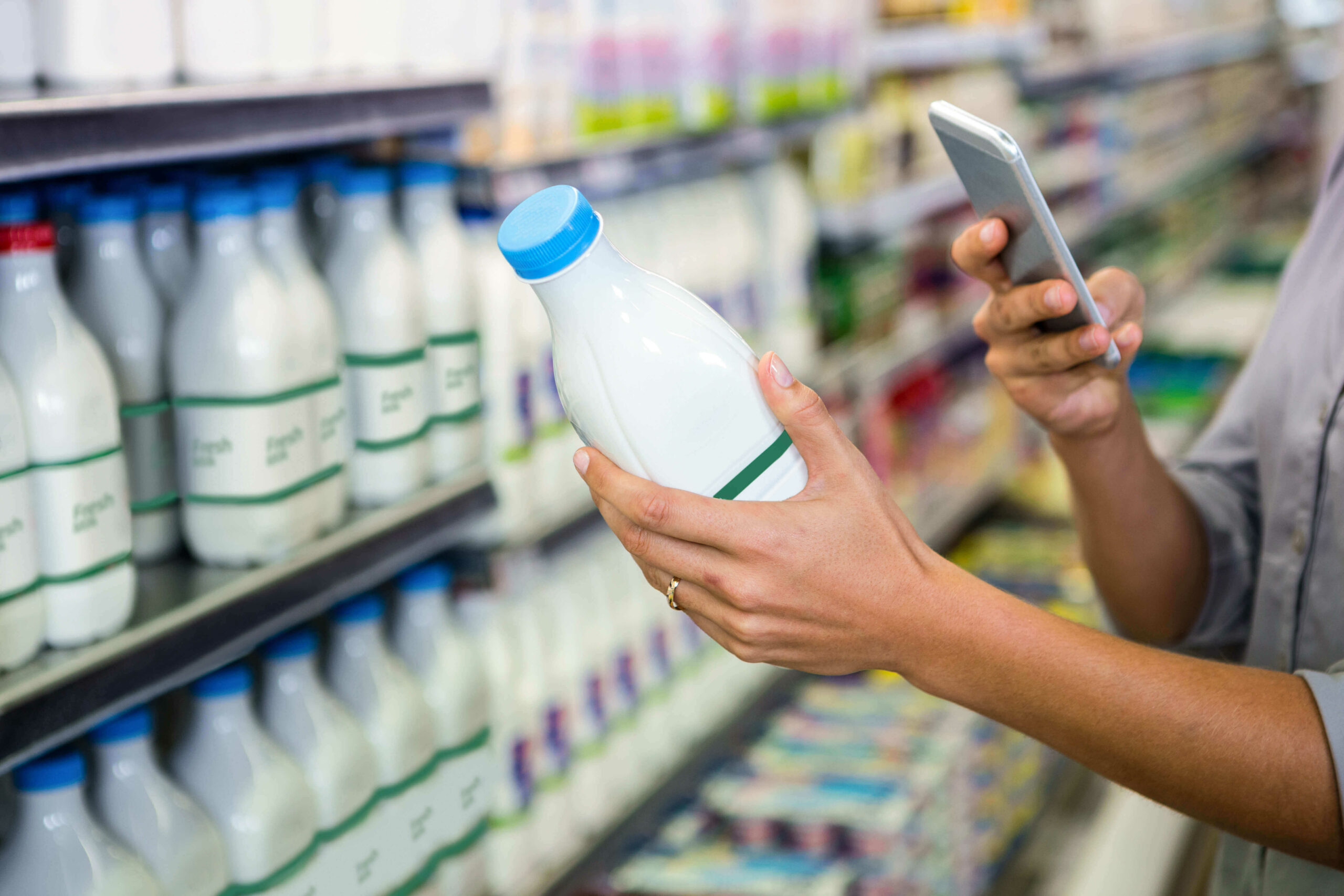1 Hypertension Canada. https://hypertension.ca/about-us
2 Statistics Canada. https://www150.statcan.gc.ca/n1/pub/82-625-x/2021001/article/00001-eng.htm
3 Hypertension Canada. https://hypertension.ca/wp-content/uploads/2020/10/2020-22-HT-Guidelines-E-WEB_v3b.pdf
4 Hypertension Canada. Hypertension Clinical Practice Guidelines. https://hypertension.ca/
5 Challa, H. DASH Diet to Stop Hypertension. May 2021. (book). https://www.ncbi.nlm.nih.gov/books/NBK482514/
6 US National Heart, Lung and Blood Institute. Guide to Lowering your blood pressure with DASH. https://www.nhlbi.nih.gov/files/docs/public/heart/dash_brief.pdf
7 NIH. DASH Eating Plan. https://www.nhlbi.nih.gov/education/dash-eating-plan
8 US National Heart, Lung and Blood Institute. Following the Dash Eating Plan. https://www.nhlbi.nih.gov/education/dash/following-dash
9 US National Heart, Lung and Blood Institute. Following the Dash Eating Plan. https://www.nhlbi.nih.gov/education/dash/following-dash
10 Feng Y, et al. (2022). Consumption of Dairy Products and the Risk of Overweight or Obesity, Hypertension, and Type 2 Diabetes Mellitus: A Dose-Response Meta-Analysis and Systematic Review of Cohort Studies. Adv Nutr. 13(6):2165-2179. https://academic.oup.com/advances/article-abstract/13/6/2165/6680243?redirectedFrom=fulltext&login=false
11 Chiu S et al. (2016). Comparison of the DASH (Dietary Approaches to Stop Hypertension) diet and a higher-fat DASH diet on blood pressure and lipids and lipoproteins: a randomized controlled trial. Am J Clin Nutr. 103:341-347. www.ncbi.nlm.nih.gov/pmc/articles/PMC4733264/
















